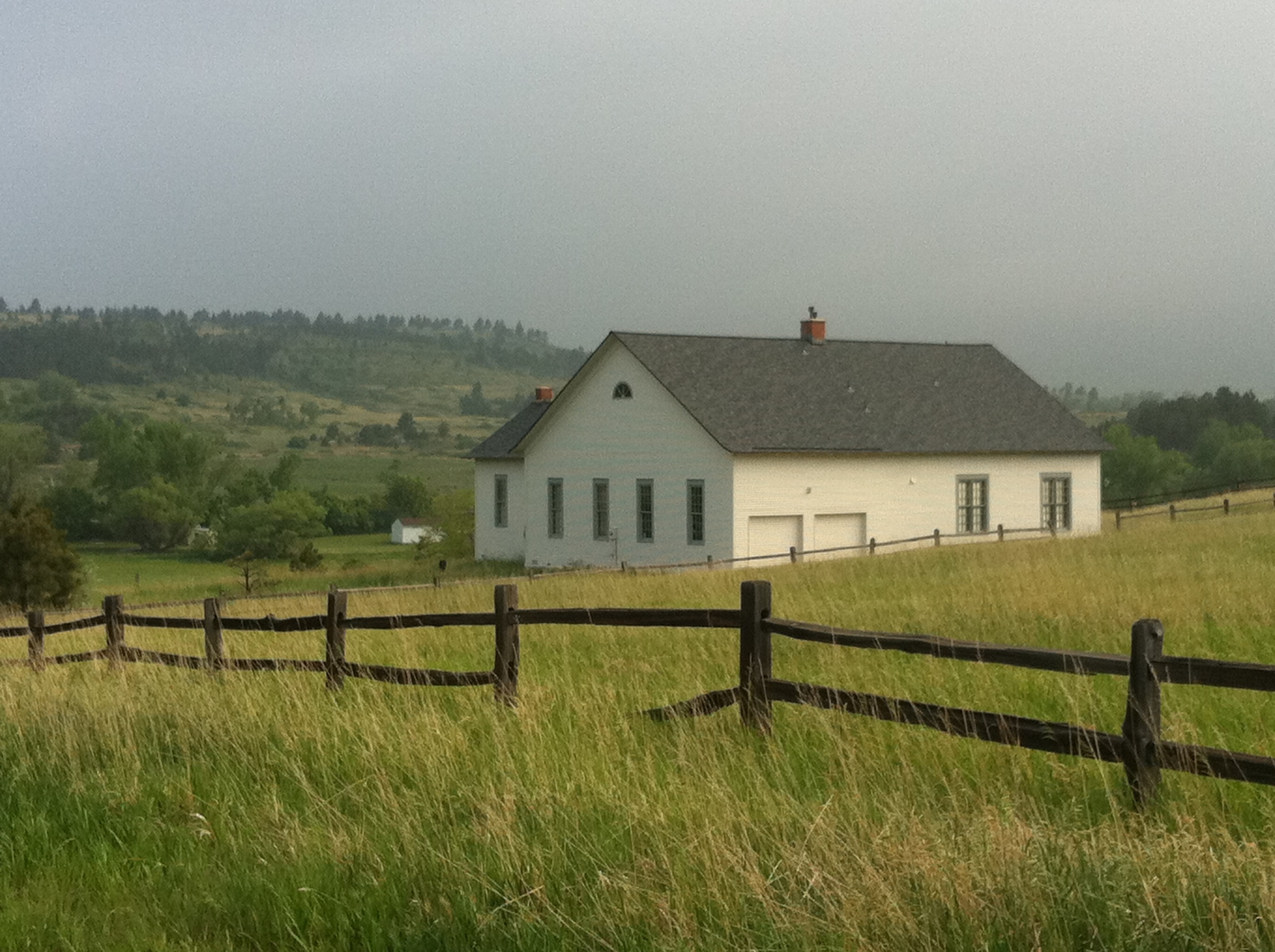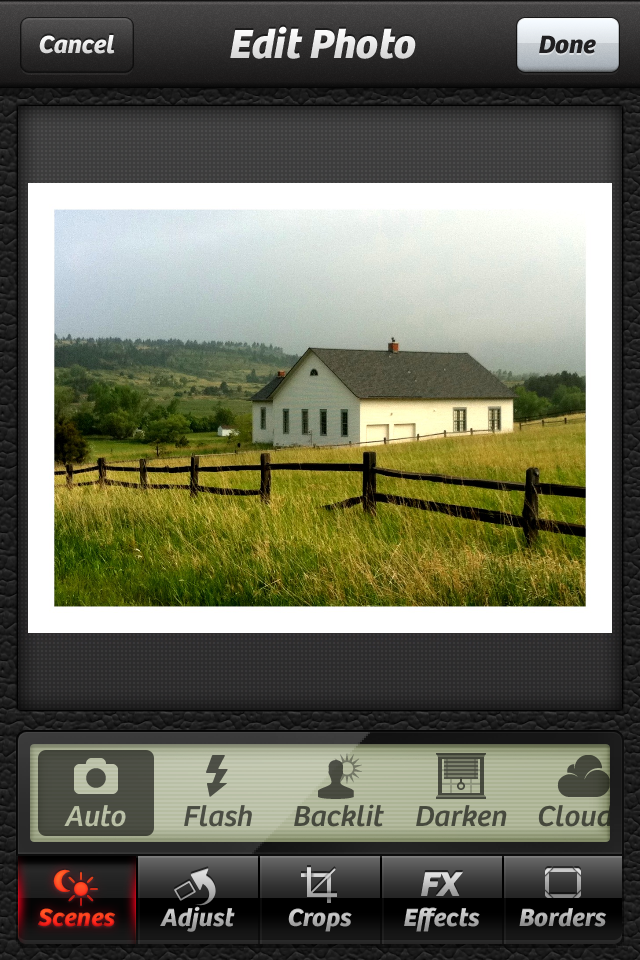The title of this week's post sums it up nicely. Similar to last week's post, I used one lens for six days on our trip to El Tunco, El Salvador. As promised, this is a follow up to the actual gear used when traveling light and of course some accompanying pictures from the trip. My wife and I had a relaxing week of surfing, drinking cheap beer and relaxing on the beach. And of course, I managed to snap a few photos too! To start, pictured below is an iPhone happy-snap of all my gear I took with me to El Salvador. It is the same basic setup that I mentioned last week but I'll go a little more in depth about each piece and it's importance.

We'll start from the left half of the picture and work from top to bottom:
Dry Bags (2) - The two bags you see that most of the gear is sitting on are Sea to Summit dry bags. Absolutely mission critical to keep both water and sand/dirt away from your gear during transport or between shots. The larger of the two bags holds my camera/lens and the smaller green bag can hold all the other important goodies that shouldn't get wet either. Don't leave home without them!
Knit Pouch - Call it a ditty bag, pouch, carry-all or what have you; this sucker is useful. We've picked up several different sizes of these guys during our travels to various Central American countries over the years. I'll typically keep odds & ends in these bags that shouldn't be in danger of getting wet. Staying organized is essential when you need quick access to your gear.
Memory Cards - I always carry a bare minimum of two memory cards with me. This time I actually had three, as you never know what may happen to your cards or how many pics you'll take. Whether one gets damaged, lost or simply fails - you don't want to be caught without backups.
Spare Battery - Similar to extra memory cards, always keep a fully charged spare with you. You never know!
Remote Shutter Release - A very handy gadget for working at night or taking long exposures. Using a remote keeps your shaky hands off the camera during longer exposures to minimize vibrations for extra sharp pictures. I didn't get around to using the remote this trip, but look for some future posts with 3+ hour long exposures. Quick tip - you can also use your camera's self-timer to help with camera shake!
Cleaning Apparatus - I've been regularly using a LensPen for quite some time for on-the-go lens/filter cleaning. Simply put, there isn't a better tool out there for quickly and safely cleaning your lens. One end of the 'pen' has a retractable soft brush to dust off small particles/dirt first and the other end has a cleaning element which polishes your lens to a perfect shine. Having a clean lens is an important first step in making great photos, always check your lens before snapping that shutter!
Lens Filters - Pictured next to the LensPen sits my UV filter that is typically attached to the front of any lens at all times. UV filters are an excellent way to cheaply protect the front of your lens and take a little bit of the haze out of the sky at the same time. I shoot nearly 100% of the the time with some sort of filter attached to my lens. Especially when on the move during travels as your lens is always susceptible to damage. Also pictured are two other filters, a neutral density (ND) filter and polarizer. ND filters allow less light to come through the lens to aid in using longer shutter speeds during daylight hours. From making water silky smooth to blurring backgrounds in action shots, ND filters are very useful. A polarizer does exactly what you probably think. If you've ever worn polarized sunglasses, it is a similar effect. Colors are generally more saturated, reflections are reduced and the sky will be darker in your photos.
[working back up to the top of the photo now]
Tripod - Never leave home without at least a small tripod of some sort. If you haven't experimented with tripods you are missing out. Stabilizing your shots is worth more than you might imagine. Your pictures will be far more sharp and crisp, even in daylight hours.
Light Source - A small headlamp or flashlight always comes along too. My phone will double as flashlight at times to, but having a hands-free way of setting up is quite handy at night. Also useful for light painting foreground subjects during long night exposures.
Battery Charger - Unfortunately no one has invented perpetually lasting batteries yet, so we're all stuck bringing these guys along still.
Camera + Lens - The venerable do-it-all Nikon D300 SLR has won over photographers world wide. Including me! While not a full frame uber mega pixel power house, the trusty D300 gets the job done with little fuss. When I retire this camera it will be a bittersweet day for sure. As mentioned last week, I brought along the wide ranging Sigma 18-200mm f/3.5-6.3 lens. In the photos below, you'll see that the wide zoom range of a lens of this type is perfect for traveling. From acceptably crisp action shots of surfers to wide angle landscapes this lens offers a lot to the photographer who wishes to travel light. Also, a comfy and trusty camera strap is a must too. I find the stock straps that come with cameras way to harsh for long walkabouts. This freebie from SmugMug was a surprising winner!
Backup Device (not pictured since my wife was bogarting the iPad) - And lastly, if you don't want to chance losing your hard-earned shots always bring along some sort of device to backup your memory cards during your down time. This trip we brought along an Apple iPad with the camera connection kit that enables you to download and backup your photos. I'm not sure if the newer iPads are any faster, but one thing to note is that it takes quite a long time to download pictures if your cards are anywhere near full. Other alternatives for on-the-go backup are of course your laptop (which violates my packing light rules!) or even better a digital backup device such as the Wolverine PicPac that you can plug your memory cards directly into. Such a device is on my short list to add to my gear!
And that's it! That is my bare minimum gear list when traveling. Depending on my creative expectations of the trip I'll add more lenses or perhaps a flash but beyond that not much else. So without further ado, some of my favorite captures from the trip...



















